Renewable Chemicals Market Summary
As per MRFR analysis, The Global Renewable Chemicals Market was estimated at 131.0 USD Billion in 2024. The renewable chemicals industry is projected to grow from 145.79 USD Billion in 2025 to 424.99 USD Billion by 2035, exhibiting a compound annual growth rate (CAGR) of 11.29 during the forecast period 2025 - 2035.
Key Market Trends & Highlights
The Global Renewable Chemicals Market is experiencing robust growth driven by sustainability and technological advancements.
- North America remains the largest market for renewable chemicals, driven by increasing consumer demand for sustainable products.
- The Asia-Pacific region is emerging as the fastest-growing market, fueled by rapid industrialization and a shift towards eco-friendly solutions.
- Ethanol continues to dominate as the largest segment, while bio-polymers are gaining traction as the fastest-growing segment in the market.
- Rising demand for biodegradable products and stringent environmental regulations are key drivers propelling market expansion.
Market Size & Forecast
| 2024 Market Size | 131.0 (USD Billion) |
| 2035 Market Size | 424.99 (USD Billion) |
| CAGR (2025 - 2035) | 11.29% |
Major Players
BASF (DE), Dow (US), DuPont (US), Novozymes (DK), Braskem (BR), Covestro (DE), LyondellBasell (US), Mitsubishi Chemical (JP), Clariant (CH), SABIC (SA)
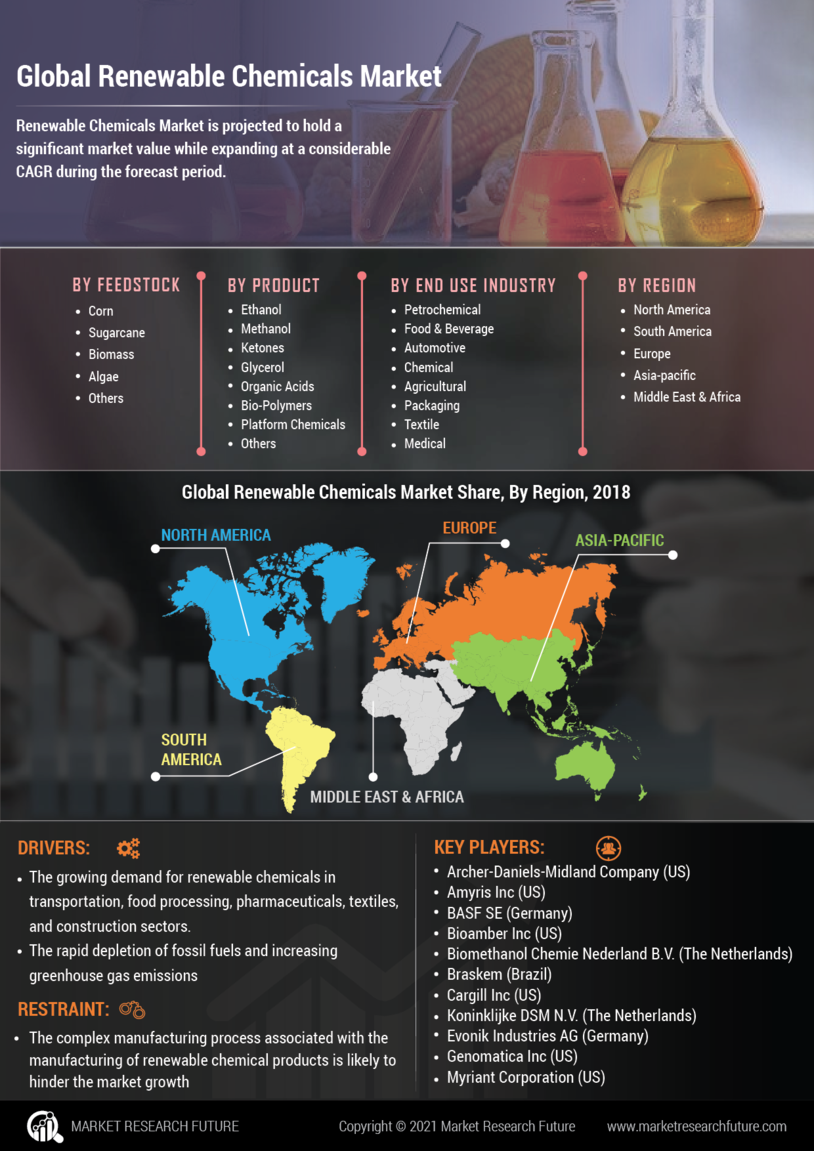

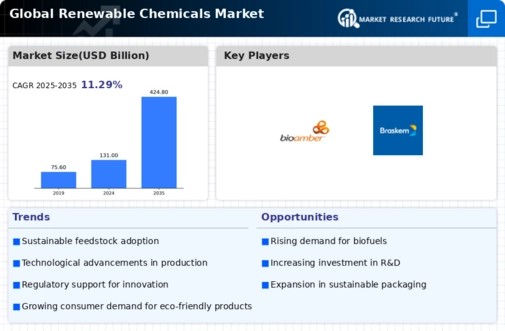
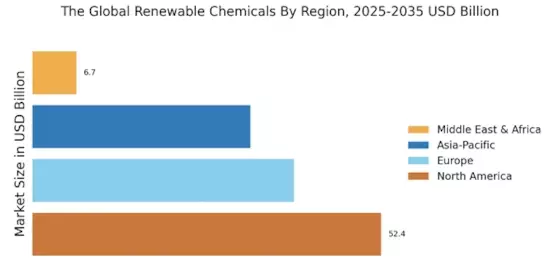

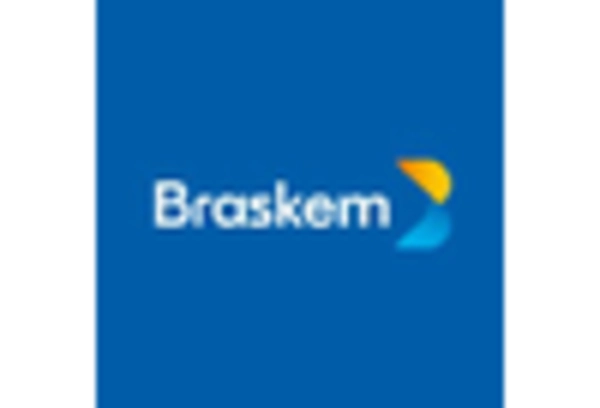

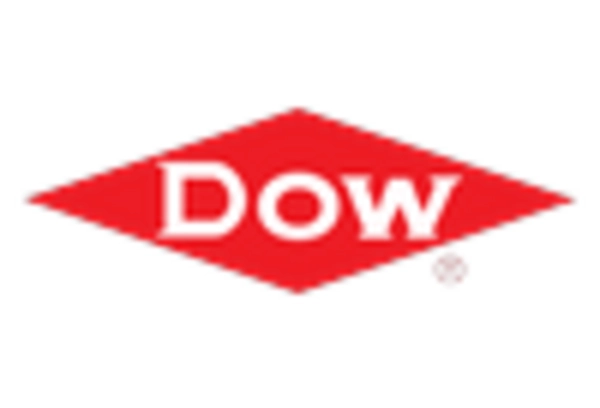










Leave a Comment